A hydroponic cherry grower in Hungary collaborated with Gremon Systems to find solutions for preventing fruit cracking. With the help of dendrometers, which measure the diameter of stems, the grower gained deeper insights into controlling osmotic pressure to reduce cracking in cherries.
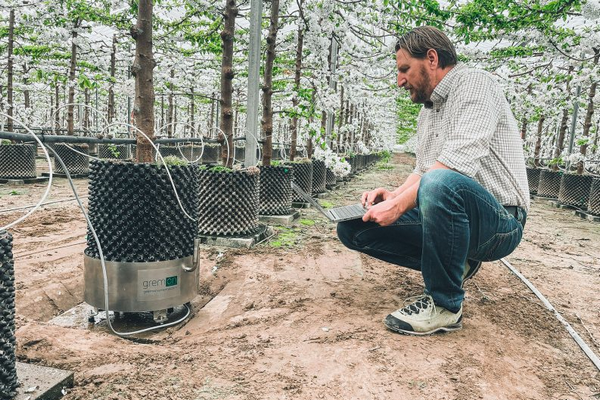
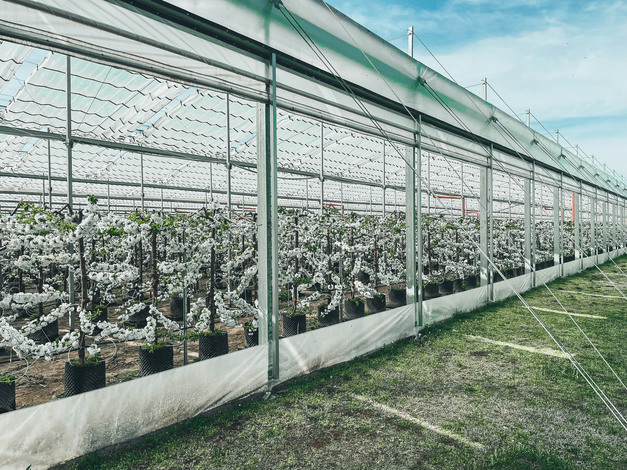
Digital greenhouse
The grower uses the Trutina Berry system, a professional greenhouse monitoring solution adapted for various berries. Developed by Gremon Systems, Trutina digitizes greenhouse management by consolidating crucial farming data onto a cloud platform. "The system tracks key metrics such as container weight, irrigation levels, electrical conductivity (EC), temperature, and drain levels. It also calculates water uptake speed, and measures irradiation, water capacity, humidity, and temperature, all aggregated and presented on the online platform," explains product developer Újszászi András.
Why cherries crack
The grower faced a challenge with cracked cherries, a common issue in cherry production, which the Trutina system was utilized to address. Common reasons for cherry cracking include rapid growth, where quick ripening outpaces skin expansion, creating cracks. However, in this case, fruit growth slowed near ripening, making this less likely. Sudden rainfall can also cause cracking by increasing fruit water content and raising internal pressure, but the closed greenhouse environment ruled out this cause.
Some varieties are more prone to cracking, but the grown variety in question is commonly known for its stability. Environmental stress like temperature fluctuations, strong sunlight, or wind can also contribute. While these conditions occur in Hungary from March to May, they do not universally result in cracking. High humidity can cause water accumulation on fruits, increasing internal pressure. Despite controlled greenhouse conditions, adjustments like additional heating were required, though no direct correlation between high humidity and cracking was confirmed.
Irrigation
After eliminating other possible causes like humidity and temperature changes, the focus shifted to optimizing irrigation practices. Non-uniform irrigation, especially after dry periods, can cause cracking due to rapid water intake. Most experts agree that irrigation strategies play a significant role in fruit cracking. "Our hypothesis was that better control of osmotic pressure could help prevent fruit cracking during growth," András explains.
Osmotic and Root pressure
Osmotic pressure occurs inside the plant and controls the flow of water through the cell membrane. The level of osmotic pressure depends on the concentration of solutes (such as salts and sugars) within the cells. If the concentration is higher inside the cell than externally, water flows into the cell through osmosis to achieve balance. Osmotic pressure is essential for maintaining turgor pressure, allowing plants to retain their structure and support growth.
At the same time, root pressure plays a role. "Root pressure refers to the hydrostatic pressure in roots, aiding water and solute absorption. It results from ion transfer across root cell membranes, creating an osmotic gradient. This pressure is crucial for water transfer, especially during low transpiration periods, contributing to hydration, guttation, and nutrient transport," András adds.
Root pressure and osmotic pressure interact to support water and nutrient uptake. "Root pressure affects osmotic pressure by ion accumulation, facilitating water intake and creating hydrostatic pressure. It helps nutrient transport, especially when transpiration is insufficient, maintaining osmotic balance. However, excessive pressure can cause stress and cell damage due to uncontrolled water intake," he notes
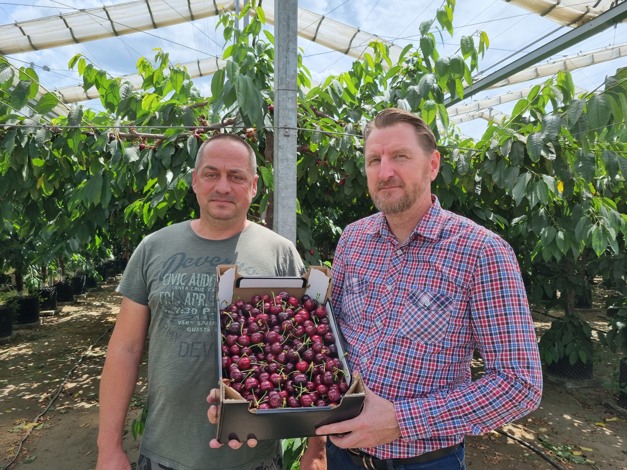
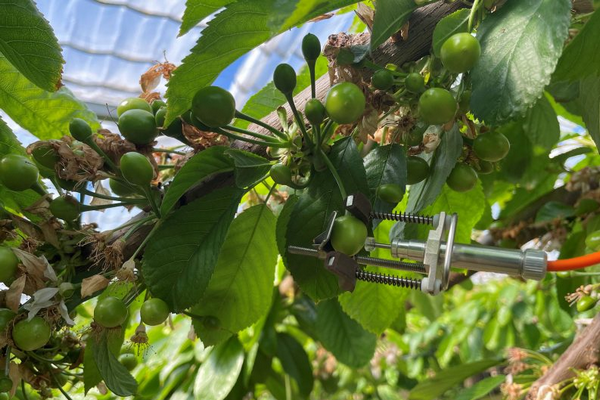
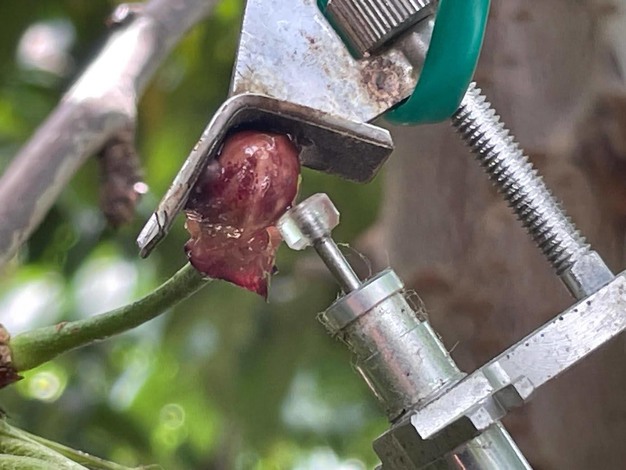
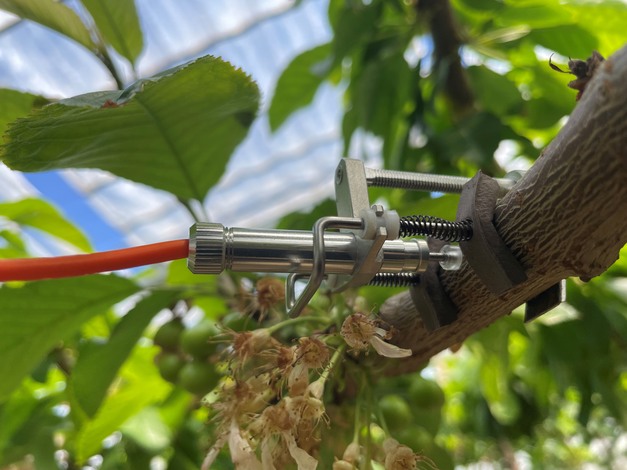
Using dendrometers
To further reduce cracks, the grower integrated dendrometers into the Trutina system. Two dendrometers with 0.002 mm resolution were installed—one on the fruit, and another on its branch. These sensors gather data every 5 seconds, measuring the diameter or circumference of plant branches. This enables long-term monitoring of growth, physiology, and osmotic pressure, which was believed to contribute to cracked fruits. The goal was to control osmotic pressure more effectively to prevent cracks during growth.


 Click to enlarge
Click to enlarge
Managing osmotic pressure
The irrigation strategy was adjusted to focus on managing osmotic pressure from flowering to harvest, ensuring adequate drainage and maintaining appropriate ΔEC and pH levels. Observations indicated that branches and fruits showed pulsating movement over 24 hours, attributed to changes in osmotic pressure. By avoiding irrigation during periods of high osmotic pressure and ensuring gradual changes through adjustments in the climate computer, the grower was able to reduce the risk of increased root and osmotic pressure. "As the berry growth pattern and irrigation timing, relative to diameter changes, show, this approach involved lower irrigation amounts but higher frequency, reducing the risk of increased root and osmotic pressure," András explains.
Click here to read the complete report.
For more information: 
Gremon Systems
András Újszászi
andras.ujszaszi@gremonsystems.com
https://gremonsystems.com
